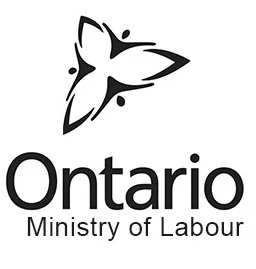On December 10, 2009, the provincial government passed Bill 168 – The Occupational Health and Safety Amendment Act (Violence and Harassment in the Workplace), 2009. Bill 168 amends the Occupational Health and Safety Act to address issues of workplace harassment and violence. Bill 168 came into force on 15th of June 2010.
Employers are now required to develop written policies with respect to both workplace violence and workplace harassment and must review those policies at least once per year. Employers must also develop and maintain programs to implement the policies and to deal with incidents and complaints of workplace violence and harassment.
With regard to workplace violence, an employer must assess the risks of workplace violence that may arise from the nature of the workplace, the type of work or the conditions of work. The program developed to implement the workplace violence policy must include measures and procedures to control the risks identified in the assessment that are likely to expose a worker to physical injury. The program must also include measures and procedures for summoning immediate assistance when workplace violence occurs or is likely to occur and for workers to report incidents of workplace violence to the employer . It must also set out how the employer will investigate and deal with incidents or complaints of workplace violence. Additionally, if an employer becomes aware or ought reasonably to be aware, that domestic violence that would likely to expose a worker to physical injury may occur in the workplace, the employer must take every reasonable precaution to protect the worker.
In particular, an employer’s duty under section 25(2)(a) of the Occupational Health and Safety Act to provide information to a worker to protect the health or safety of the worker, and a supervisor’s duty under section 27(2)(a) of the Act to advise a worker of the existence of any potential or actual danger to the health or safety of the worker of which the supervisor is aware, include a duty to provide information, including personal information, related to a risk of workplace violence from a person with a history of violent behaviour if the worker can be expected to encounter that person in the course of his/her work and the risk of workplace violence is likely to expose the worker to physical injury.
Bill 168 also amends the work refusal section of the Act to give workers a right to refuse to work if workplace violence is likely to endanger the worker. The Bill sets out rules governing the investigation of such work refusals. With respect to workplace harassment, the program an employer must develop and maintain to implement its workplace harassment policy must include measures and procedures for workers to report incidents of workplace harassment to the employer or a supervisor. It must also set out how the employer will investigate and deal with incidents and complaints of workplace harassment.
While harassment is also prohibited under the Ontario Human Rights Code, Bill 168 defines harassment much more broadly than the Code, which requires a complainant to establish that harassment is based on a prohibited ground of discrimination (eg., race, sex, religion, etc.).
Remember In Ontario, “ALL Accidents are Preventable”
‘Work’ and ‘Play’ safe.
Daniel L. Beal
CHSEP – Foundation Level
VP & Senior Trainer
HRSGroup Inc.


I wanted to thank you for all the great information you are providing!
Wonderful blog!
Thanks a lot!
My partner and I stumbled over here from a different web address.
Thank you!
I will follow you!
World class!
Great article!
I wanted to thank you for all the great information you are providing!